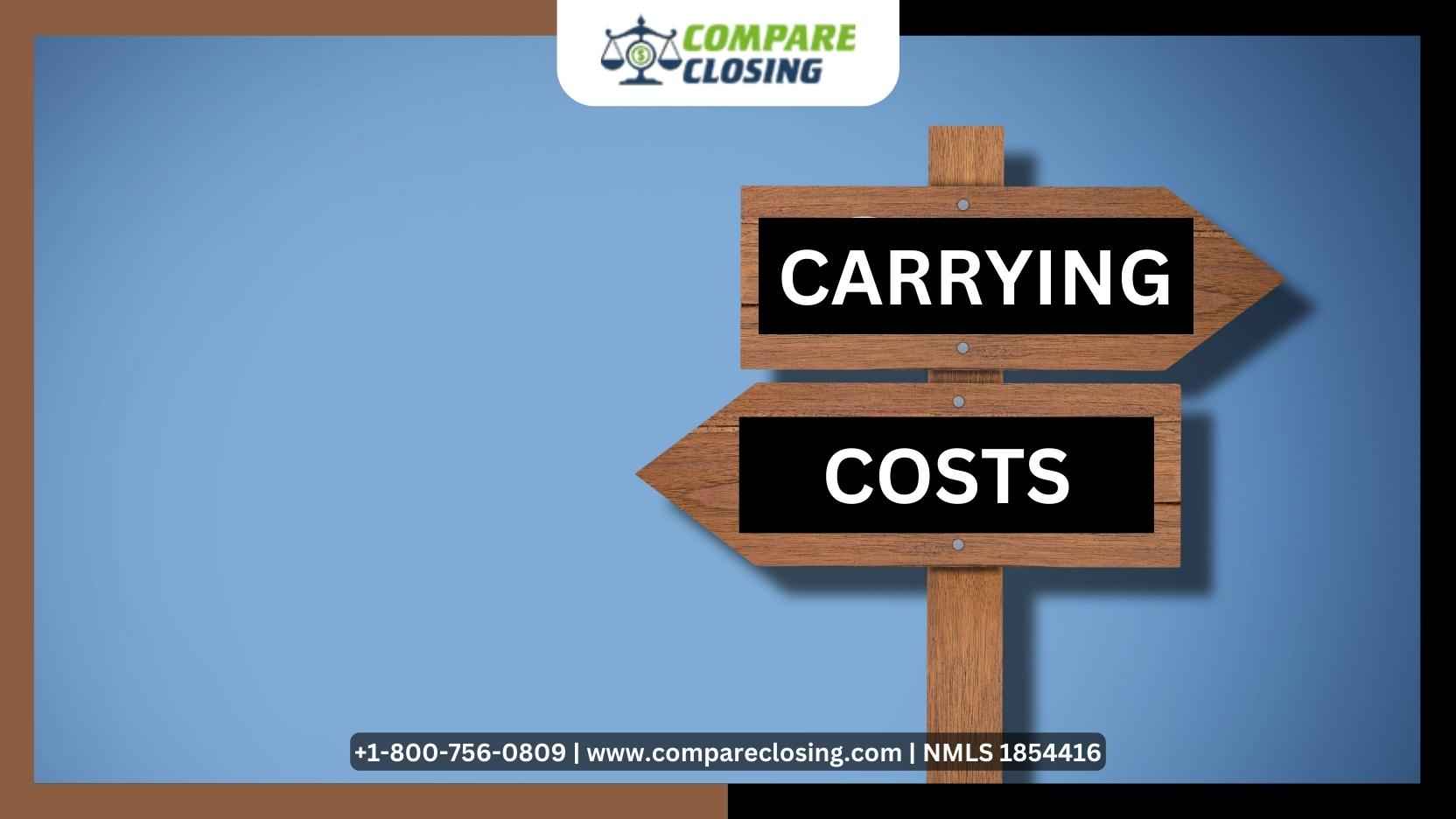Table of Contents
- What Are Netting Escrows & How Does It Work?: The Best Guide - January 2, 2024
- The Secret About Prescriptive Easement: Top Guide 1 Must Know - December 4, 2023
- About Home Equity Loans In Texas And How Can One Obtain It - November 27, 2023
About Carrying Costs
As a real estate investor, there are a lot of costs that you might have to take into consideration before buying a property.
Apart from the down payment, broker/realtor fees, closing costs, and other fees, there are additional recurring costs that investors must keep in mind while buying an investment property.
If you are planning to buy a real estate investment property, as a real estate investor you would also need to assess carrying costs before moving ahead with the purchase. In this post, we will understand the carrying costs in detail.
What Is Carrying Cost?
So, what is the meaning of carrying costs? Also known as operating or holding cost, it is the cost to carry on day-to-day operations of commercial real estate.
If you own investment property, you are responsible to pay certain costs to carry the operations smoothly.
One of the most common holding costs in an investment real estate property is a mortgage among other costs.
Let’s say you take out a mortgage to buy an investment property that you are planning to flip. It took around six months to sell the property.
Your holding cost in this case will include all the fees you paid to acquire the mortgage, the monthly payments that you paid on the mortgage for six months, and other maintenance costs like utilities, insurance, or any repairs.
If you are flipping a property, it needs to be completely functional at the time when you put it up for sale.
However, the carrying costs are recurring if you are planning to hold the property as a rental investment.
This means you would be paying the same holding costs as flip and fix properties, however, in this case, it would be for an extended period.
What Is the Importance Of Carrying Costs In Real Estate?
Because net operating income is calculated as gross income minus carrying/holding costs, and the value of the commercial real estate is based on the amount of net operating income it generates, carrying costs can have a substantial impact on the value of the property.
If the carrying costs are not appropriately considered while calculating the net operating income of the property, the return on investment on that property would be impacted.
If you misinterpreted your holding costs to be higher than what they were, you might think that your property is not generating enough cash flow.
On the other hand, if you consider your operating costs to be lower than the actual ones, you might end up thinking that your property is making a good profit.
Hence it is important to consider the right amount of carrying costs incurred during the ownership of the property so that you can understand whether or not your investment is helping you to make profits.
What Are The Types Of Carrying Costs?
The type and amount of carrying expenses may vary based on the type of property, but the main categories are as follows.
Property tax: Cities charge taxes on land use and services such as garbage and water collection. Property taxes are levied annually and can slowly increase over time.
Insurance: Depending on the type and location of the commercial property, landlords may be required to purchase different types of renters insurance. Most of them have some form of general liability to protect you from monetary losses due to accidents that may occur. Other companies may have special policies for things like flood wind/fire damage, etc. Some premiums must be paid for each policy, usually annually or semi-annually.
Property Management: Maintaining commercial real estate is a lot of work every day. Typical tasks include giving tours for new tenants, basic maintenance, collecting rent, and landscaping. In most cases, this is done by an external property management company, which charges a property management fee equal to a percentage of the property’s total income. For some rental properties, an in-house management team carries out these operations, saving you money in the long run.
Maintenance: Routine maintenance activities include air filter replacement, cleaning of common areas, tree trimming, window washing, snow removal, and heavy washing. You may also need to perform large (and therefore more expensive) maintenance tasks less often. Think of things like replacing a roof or fixing a parking lot. These activities are intended to keep the building in good condition which helps to preserve the value of the property over time.
Debt Service: Most commercial real estate is financed with a set amount of loan that must be repaid to the bank or the lender over time. The exact mortgage payment depends on the amount requested by the borrower, the interest rate, the closing cost, the sales price, and the term of the loan. These are usually monthly costs.
In most cases, these fees are paid by the landlord, and depending on the lease agreement with the tenant, some or all of the fees may be refunded as part of the tenant’s monthly payment.
Conclusion
Carrying costs are post-purchase costs necessary to finance the day-to-day operations of rental real estate.
Examples of common expenses include property taxes, insurance, maintenance, and property maintenance and administrative expenses.
The carrying cost of an asset is an important part of the net operating income/cash flow calculation that determines the value of an asset.
Therefore, underestimating the carrying cost of maintaining a property can add up over time and result in a lower-than-expected return on your investment.
Amanda Byford
Amanda Byford has bought and sold many houses in the past fifteen years and is actively managing an income property portfolio consisting of multi-family properties. During the buying and selling of these properties, she has gone through several different mortgage loan transactions. This experience and knowledge have helped her develop an avenue to guide consumers to their best available option by comparing lenders through the Compare Closing business.





